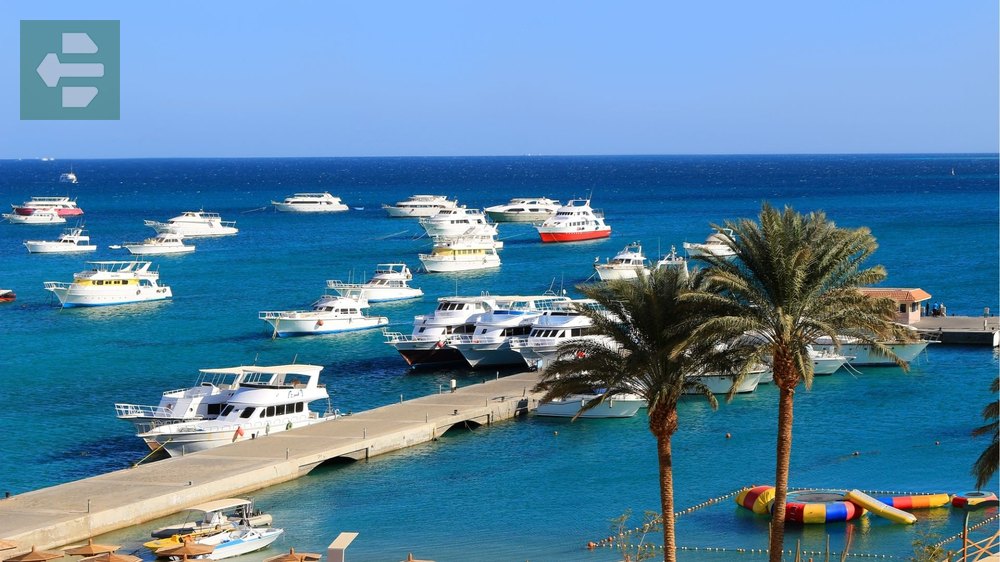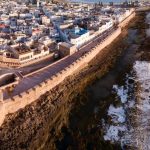Egypt offers timeless wonders that have captivated travelers for millennia. The best places to visit in Egypt include the iconic pyramids of Cairo, the ancient temples of Luxor, the serene Nile waters near Aswan, and the pristine coral reefs of the Red Sea coast.
Keep reading as we explore Egypt's most remarkable destinations that will transform your understanding of human civilization and natural beauty.
List of Contents
- 1. Cairo: Where Ancient Meets Eternal
- 2. Luxor: The World's Greatest Open-Air Museum
- 3. Valley of the Kings: Tombs of Eternity
- 4. Aswan: River of Time
- 5. Abu Simbel: Monument to Power
- 6. Alexandria: Mediterranean Soul
- 7. Sharm El Sheikh: Red Sea Paradise
- 8. Hurghada: Gateway to Underwater Kingdoms
- 9. Dahab: Bohemian Paradise
- 10. Marsa Alam: Untouched Wilderness
- 11. Siwa Oasis: Desert Mirage Made Real
- 12. Karnak Temple: Forest of Stone
- Your Egyptian Adventure Awaits
1. Cairo: Where Ancient Meets Eternal
Cairo pulses with five thousand years of history compressed into every street corner. The Giza Pyramids rise from the desert just outside the city, while the Egyptian Museum holds treasures that make grown archaeologists weep.
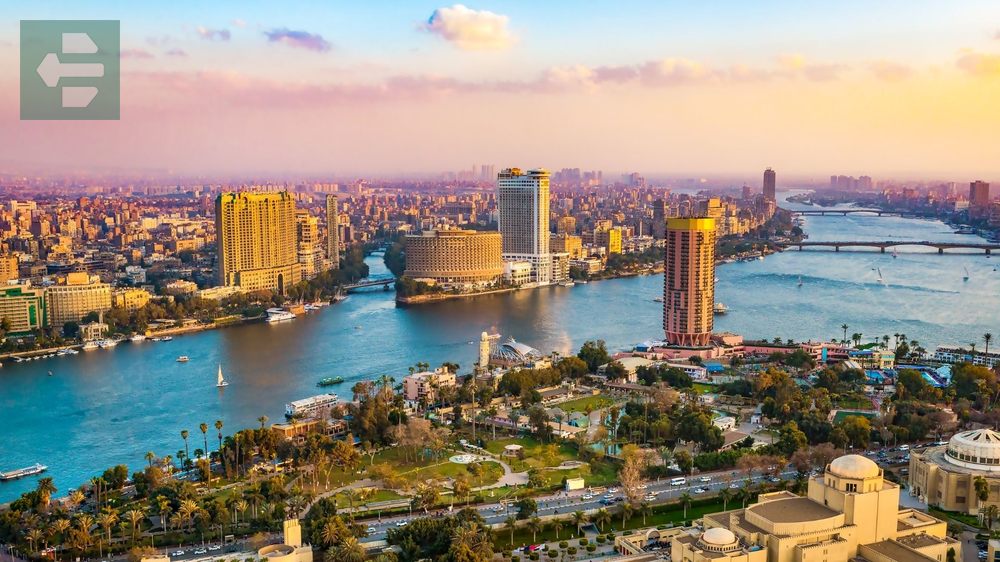
I stood before the Great Pyramid at sunrise once, watching shadows shift across stones that witnessed the birth of civilization. The silence felt profound—until a camel snorted nearby, reminding me that life continues around these monuments.
Navigate the Khan el-Khalili bazaar early morning when shopkeepers are still brewing tea. They'll share stories their grandfathers told them while you sip mint tea among copper lanterns.
Quick Facts:
- Peak Season: October-April
- How to Get There: Cairo International Airport, direct flights worldwide
- Entry Fees: From $10 (Giza Pyramids)
- Suggested Stay: 3-4 days
- Key Sites: Giza Pyramids, Egyptian Museum, Khan el-Khalili, Citadel of Saladin
2. Luxor: The World's Greatest Open-Air Museum
Luxor contains one-third of all ancient monuments on Earth. The city sits on ancient Thebes, where pharaohs ruled an empire stretching from Sudan to Syria.
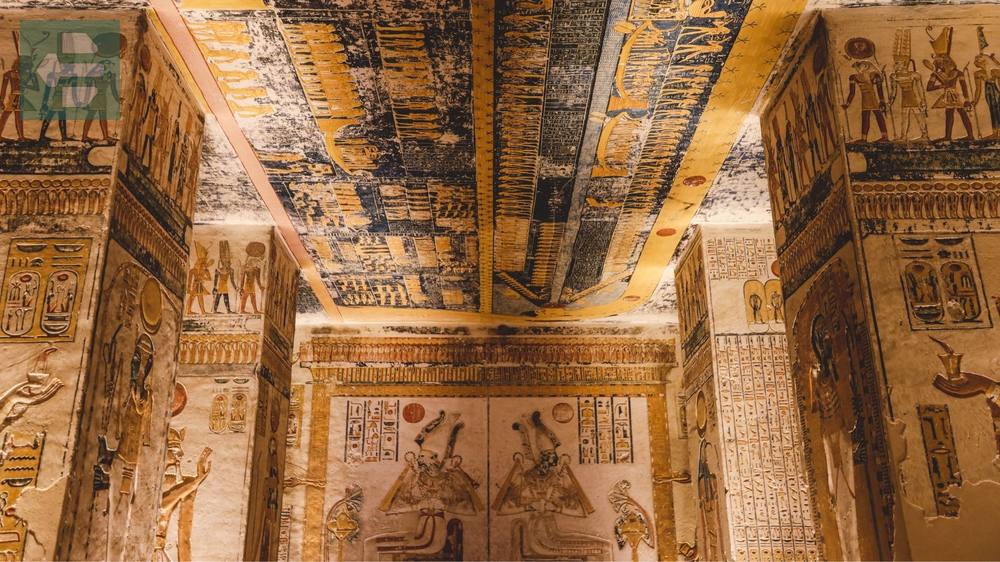
Every temple here tells stories carved in stone. At Karnak, columns tower forty feet high, each one wide enough to hold fifty people. The sound of your footsteps echoes through halls where priests once chanted to forgotten gods.
Visit temples at different times—Karnak at sunset, Luxor Temple at night when golden lights transform hieroglyphs into dancing shadows.
Quick Facts:
- Peak Season: November-March
- How to Get There: Luxor Airport, train from Cairo (10 hours), Nile cruise
- Entry Fees: From $8 (Karnak Temple)
- Suggested Stay: 2-3 days
- Key Sites: Karnak Temple, Luxor Temple, Valley of the Kings, Hatshepsut Temple
3. Valley of the Kings: Tombs of Eternity
Sixty-three tombs carved into limestone cliffs hold Egypt's greatest pharaohs. This royal necropolis was hidden for centuries, preserving colors so vivid they seem painted yesterday.

King Tut's tomb remains the most famous, but Ramesses VI's tomb offers the most spectacular ceiling—a star map showing the pharaoh's journey through the afterlife.
The valley opens early when temperatures are cool and crowds thin. Bring water and wear comfortable shoes—you'll walk on paths where priests carried mummified kings three thousand years ago.
Quick Facts:
- Peak Season: October-April
- How to Get There: 20 minutes from Luxor city center, taxi or tour bus
- Entry Fees: From $12 (general ticket covers 3 tombs)
- Suggested Stay: Half day
- Key Sites: Tutankhamun's tomb, Ramesses VI tomb, Seti I tomb, Ramesses III tomb
4. Aswan: River of Time
Aswan marks where Egypt meets Africa. The Nile flows wider here, dotted with granite islands where Nubian villages preserve traditions older than the pyramids.
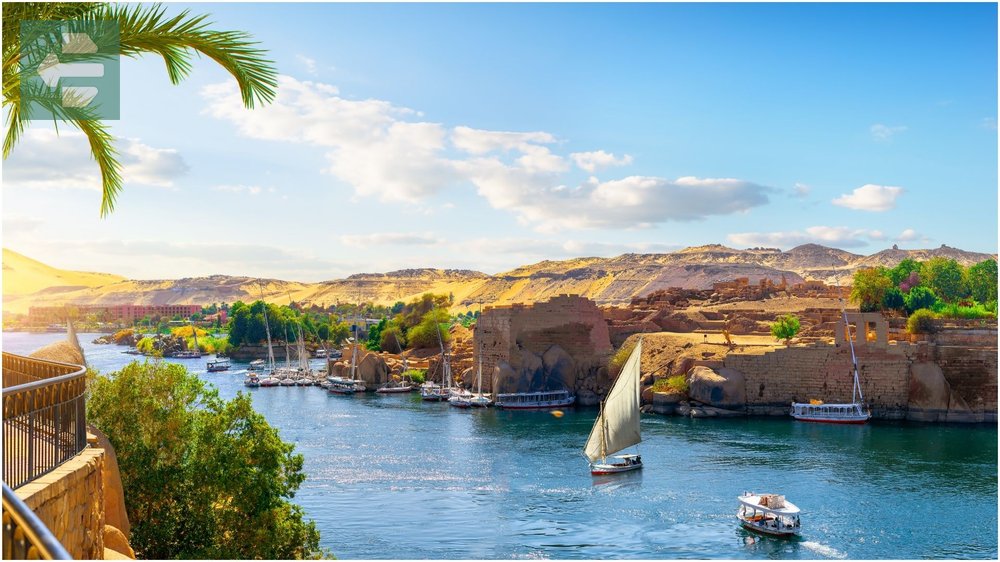
Felucca sailing offers the purest Nile experience. No engine noise, just wind filling white sails while you drift past desert dunes that roll to the water's edge like golden waves.
Local Nubians paint their houses in bright blues and yellows, colors that photographers dream about. Stay in a Nubian guesthouse and wake to the call to prayer echoing across the river.
Quick Facts:
- Peak Season: October-March
- How to Get There: Aswan Airport, train from Cairo (12 hours), Nile cruise from Luxor
- Entry Fees: From $15 (Philae Temple)
- Suggested Stay: 2 days
- Key Sites: Philae Temple, High Dam, Unfinished Obelisk, Elephantine Island, Nubian villages
5. Abu Simbel: Monument to Power
Abu Simbel was carved from a single cliff face on orders from Ramesses II, Egypt's most powerful pharaoh. Four colossal statues guard the entrance, each one sixty-five feet tall.
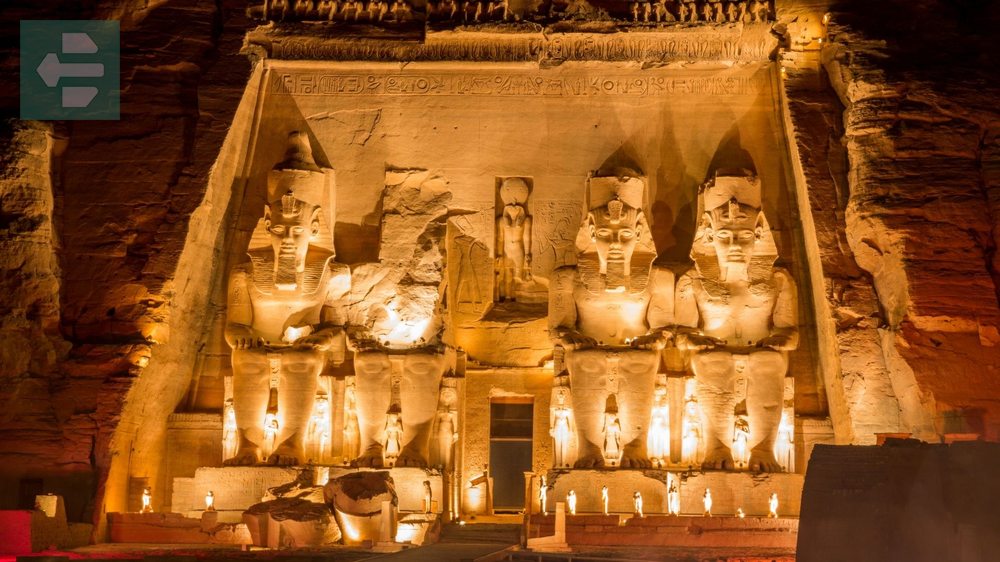
Twice yearly, sunlight penetrates the temple's depths to illuminate three of four statues in the inner sanctuary—an engineering feat that required precise astronomical calculations.
The entire temple was moved stone by stone in the 1960s when the Aswan High Dam threatened to flood it. UNESCO called it the greatest archaeological rescue in history.
Quick Facts:
- Peak Season: October-April
- How to Get There: 3-hour drive from Aswan, daily flights from Aswan (35 minutes)
- Entry Fees: From $25
- Suggested Stay: Day trip or 1 night
- Key Sites: Great Temple of Ramesses II, Small Temple of Nefertari
6. Alexandria: Mediterranean Soul
Alexandria was built by Alexander the Great to be the world's greatest city. For seven centuries, it held the largest library on Earth and the tallest lighthouse ever constructed.
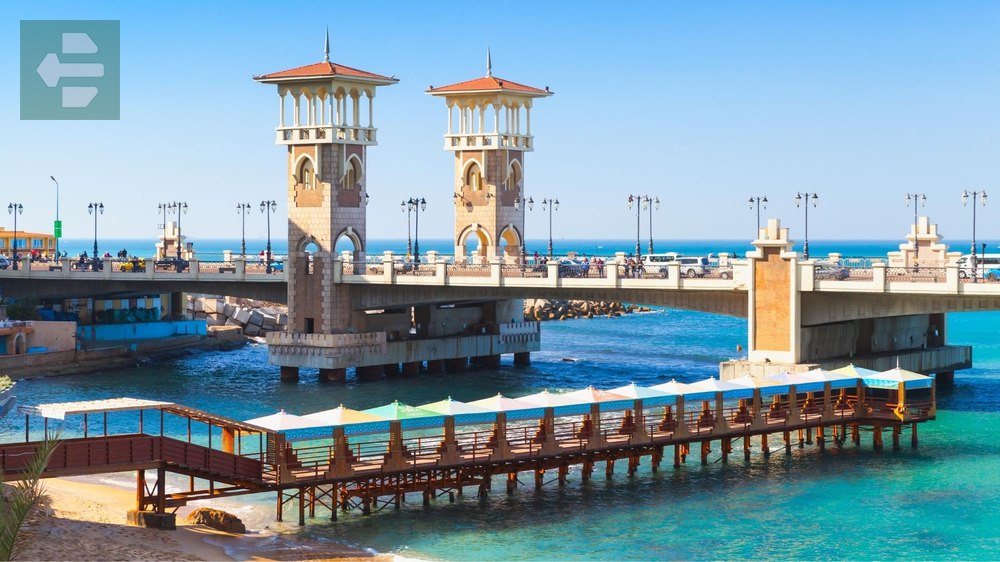
The modern city overlays the ancient one, but fragments surface everywhere. Roman amphitheaters hide beneath apartment buildings. Ancient columns support coffee shop terraces where locals play backgammon.
Walk the Corniche at sunset when the Mediterranean turns silver and fishing boats bob like toys in the harbor. The air smells of salt and jasmine, coffee and old books.
Quick Facts:
- Peak Season: April-October (Mediterranean climate)
- How to Get There: 3-hour train from Cairo, bus, or car via Alexandria-Cairo highway
- Entry Fees: From $5 (Citadel of Qaitbay)
- Suggested Stay: 1-2 days
- Key Sites: Citadel of Qaitbay, Bibliotheca Alexandrina, Roman Amphitheatre, Montaza Palace
7. Sharm El Sheikh: Red Sea Paradise
Sharm El Sheikh sits where desert meets coral reef. The Red Sea holds some of Earth's most pristine underwater ecosystems, with visibility reaching 100 feet on good days.
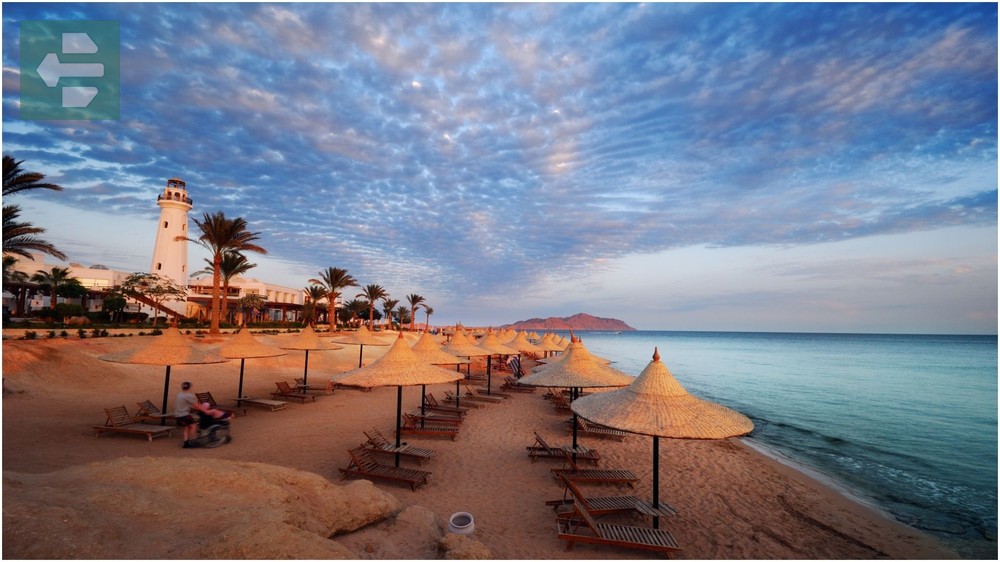
I've watched eagle rays glide over coral gardens that looked painted by an artist with an unlimited palette. Clownfish dart between anemones while reef sharks patrol the blue depths beyond.
Night diving reveals a different world—octopi hunt crabs while lionfish spread their venomous fins like fans. The reef never sleeps.
Quick Facts:
- Peak Season: September-November, March-May
- How to Get There: Sharm El Sheikh International Airport, bus from Cairo (6 hours)
- Entry Fees: Beach access free, diving from $30
- Suggested Stay: 4-7 days
- Key Sites: Naama Bay, Ras Mohammed National Park, Tiran Island, Blue Hole
8. Hurghada: Gateway to Underwater Kingdoms
Hurghada transformed from fishing village to diving capital in thirty years. The town sprawls along pristine beaches where coral reefs begin just yards from shore.

Dolphin encounters happen regularly here—pods of spinner dolphins play in boat wakes while bottlenose dolphins approach snorkelers with curious clicks and whistles.
Local dive guides know every reef by name and every resident moray eel personally. They'll show you cleaning stations where fish line up like customers at an underwater spa.
Quick Facts:
- Peak Season: September-November, March-May
- How to Get There: Hurghada International Airport, bus from Cairo (5 hours)
- Entry Fees: Beach access free, diving from $25
- Suggested Stay: 5-7 days
- Key Sites: Giftun Islands, El Gouna, Makadi Bay, Sahl Hasheesh
9. Dahab: Bohemian Paradise
Dahab means “gold” in Arabic, named for golden beaches that stretch between red mountains and turquoise sea. This former Bedouin village became a magnet for travelers seeking simplicity.

The Blue Hole, a submarine sinkhole, drops 400 feet straight down. Advanced divers explore its depths while snorkelers float above coral gardens that rim its edge like a natural amphitheater.
Bedouin camps dot the coast where you sleep under stars that shine brighter than city lights. Camel treks into the desert reveal hidden oases where date palms provide shade for afternoon tea.
Quick Facts:
- Peak Season: October-April, September-November
- How to Get There: Sharm El Sheikh Airport (1.5 hours drive), direct bus from Cairo
- Entry Fees: Beach access free, Blue Hole entry from $3
- Suggested Stay: 3-5 days
- Key Sites: Blue Hole, Three Pools, Lighthouse Reef, Mashraba, Canyon
10. Marsa Alam: Untouched Wilderness
Marsa Alam remains Egypt's best-kept diving secret. Pristine reefs begin at the shoreline, and sea turtle encounters happen daily rather than occasionally.

Dugongs—sea cows—graze on seagrass beds in Marsa Mubarak bay. These gentle giants grow eight feet long and surface to breathe with curious, intelligent eyes that seem to hold ancient wisdom.
Desert mountains rise directly from the sea, creating landscapes that look more like Mars than Earth. Wadi el Gemal National Park protects 4,770 square kilometers of pristine desert and reef.
Quick Facts:
- Peak Season: September-November, March-May
- How to Get There: Marsa Alam Airport, drive from Hurghada (4 hours)
- Entry Fees: Beach access free, park entry from $5
- Suggested Stay: 4-6 days
- Key Sites: Elphinstone Reef, Marsa Mubarak, Wadi el Gemal, Hamata Islands
11. Siwa Oasis: Desert Mirage Made Real
Siwa lies 300 miles from the nearest city, surrounded by endless sand dunes and salt lakes that shimmer like mirrors. This oasis sustained life for thousands of years, hidden in the Western Desert's heart.

Oracle Temple guided Alexander the Great's destiny when he consulted the gods here. Today, hot springs bubble from the earth at Cleopatra's Pool, where you can float in the same waters that refreshed ancient travelers.
Date palms create natural cathedrals of green shade while Berber families maintain traditions unchanged since pharaonic times. Salt crystals form geometric patterns on lake shores that crunch beneath your feet.
Quick Facts:
- Peak Season: October-April (extreme heat in summer)
- How to Get There: Bus from Cairo (8 hours), 4WD tour from Alexandria
- Entry Fees: From $3 (Oracle Temple)
- Suggested Stay: 2-3 days
- Key Sites: Oracle Temple, Mountain of the Dead, Cleopatra's Pool, Great Sand Sea
12. Karnak Temple: Forest of Stone
Karnak took 1,500 years to build across thirty pharaonic dynasties. Walking through its halls feels like entering a stone forest where columns tower like ancient trees reaching toward the sky.

The Hypostyle Hall contains 134 columns, each one carved with hieroglyphs that tell stories of gods and kings. Sound and light shows illuminate the temple at night, but dawn visits offer something better—silence that lets you hear history whisper.
Sacred Lake provided holy water for temple ceremonies. Priests once raised geese here as offerings to Amun-Ra, the king of gods who ruled from this massive complex.
Quick Facts:
- Peak Season: November-March
- How to Get There: 3 kilometers from Luxor city center, taxi or walking
- Entry Fees: From $8 (combined with Luxor Temple)
- Suggested Stay: Half day
- Key Sites: Hypostyle Hall, Sacred Lake, Temple of Amun-Ra, Avenue of Sphinxes
Your Egyptian Adventure Awaits
Egypt reveals itself slowly, like morning light creeping across temple stones. Each destination offers different treasures—ancient wonders in Cairo and Luxor, underwater kingdoms in the Red Sea, desert mysteries in Siwa.
The best places to visit in Egypt depend on what calls to your spirit. History buffs lose themselves in Valley of the Kings. Divers find paradise in Marsa Alam's reefs. Adventure seekers discover magic in Siwa's endless dunes.
Pack light but bring curiosity. Egypt's stories are written in stone, carved in coral, and whispered by desert winds. Your adventure through this timeless land begins the moment you decide to go.
